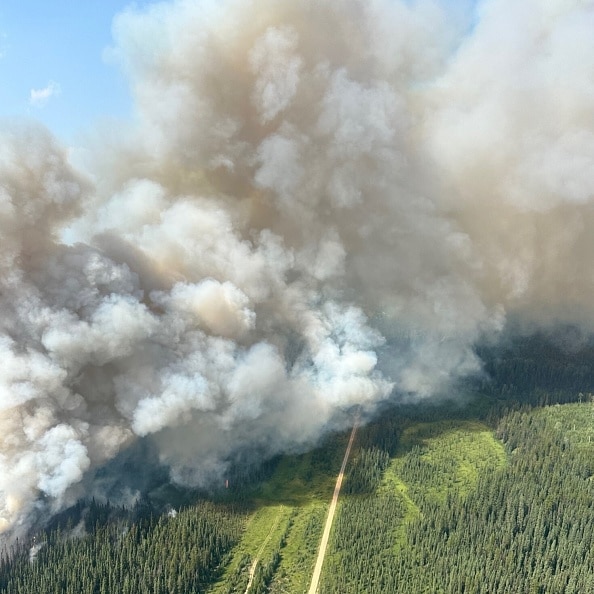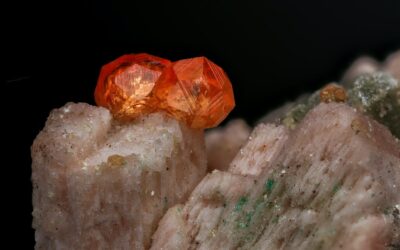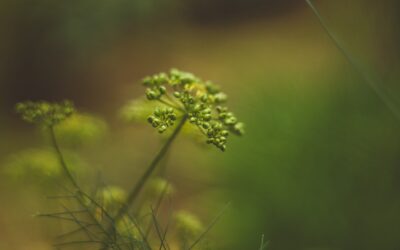This post was originally published on Eco Watch
As wildfires become more frequent and intense, they’re creating raging thunderstorms that fuel them even further, making them much more difficult to fight.
These pyrocumulonimbus clouds (pyroCbs) are caused when a wildfire’s intense heat and smoke create strong updrafts, where they condense and form clouds. Those clouds can then develop into fierce thunderstorms that ignite more fires, potentially miles from the fire that created them.
“PyroCbs are such massive, almost volcanic-like eruptions,” Rajan Chakrabarty, an aerosol scientist at Washington University in St. Louis, told Grist. “These pyroCbs create their own fire weather.” In addition to thunder, pyroCbs can create intense winds, hail and even tornadoes.
Last week, that breed of fire weather devastated Jasper, a town in Alberta, Canada, causing at least 25,000 people to be evacuated, reported The New York Times. “They tried to put helicopters on it,” Mike Flannigan, a professor of wildland fire at Thompson Rivers University in British Columbia, told the Times. “They couldn’t stop it, which is unfortunate because it led to a good chunk of the town burning down.”
Daniel Swain, a climate scientist at the University of California, Los Angeles told Nature that the devastation seen in Jasper is in no way unique. “The sobering reality is that these are not extreme outliers in some ways,” he said. “We’ve seen a lot of fires behave like these ones in recent years, which I don’t think is reassuring at all.”
This year, wildfires in the U.S. have been much more devastating than expected. California’s wildfires are already five times more devastating than anticipated, and its Park Fire has become the sixth largest in the state’s history.
This trend tracks with the recent rise in reports of pyroCbs, and while that points to climate change as a catalyst, with better identification methods, it raises the question of the true extent to which climate change is responsible. “They seem to be happening more frequently,” Payton Beeler, an atmospheric scientist at Richland, Washington’s Pacific Northwest National Laboratory, told Grist. “Whether that’s a function of warming climate and better identification, I think it’s probably both. But the impacts seem to be very long-lasting and long-ranging.”
David Peterson, a meteorologist at the U.S. Naval Research Laboratory in Monterey, California, told The New York Times, “The big open question right now is what is the role of pyroCbs in a warming climate system? What are the effects of pushing smoke up extremely high into the stratosphere, especially when smoke that high persists for a year?”
The National Aeronautics and Space Administration (NASA) has selected Peterson to lead a five-year study on the effects of pyroCbs on Earth’s climate, which will begin in October.
The Naval Research Laboratory is working on a detection system for these fires. “We need to develop a warning capability for fires that are more likely to generate pyroCbs because it means something different if you’re fighting it, evacuating people, and predicting where the smoke is going,” Peterson said. “Right now we’re in catch-up mode.”
The post Wildfires Are Creating Their Own Thunderstorms appeared first on EcoWatch.





0 Comments